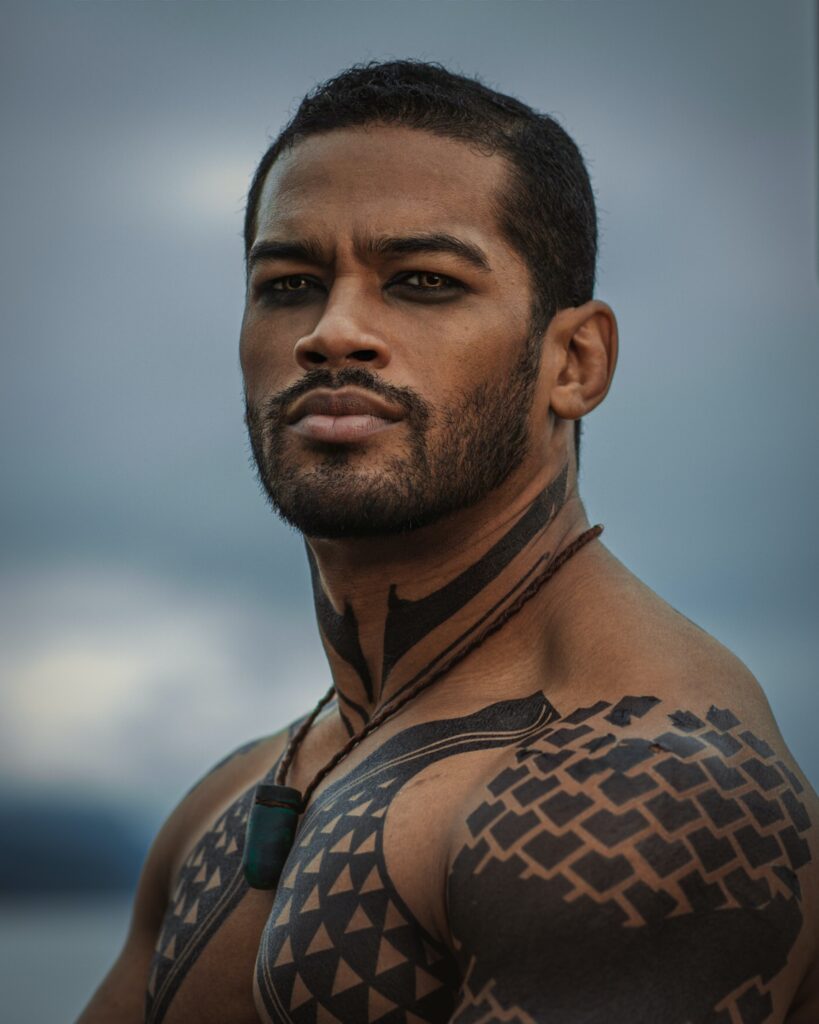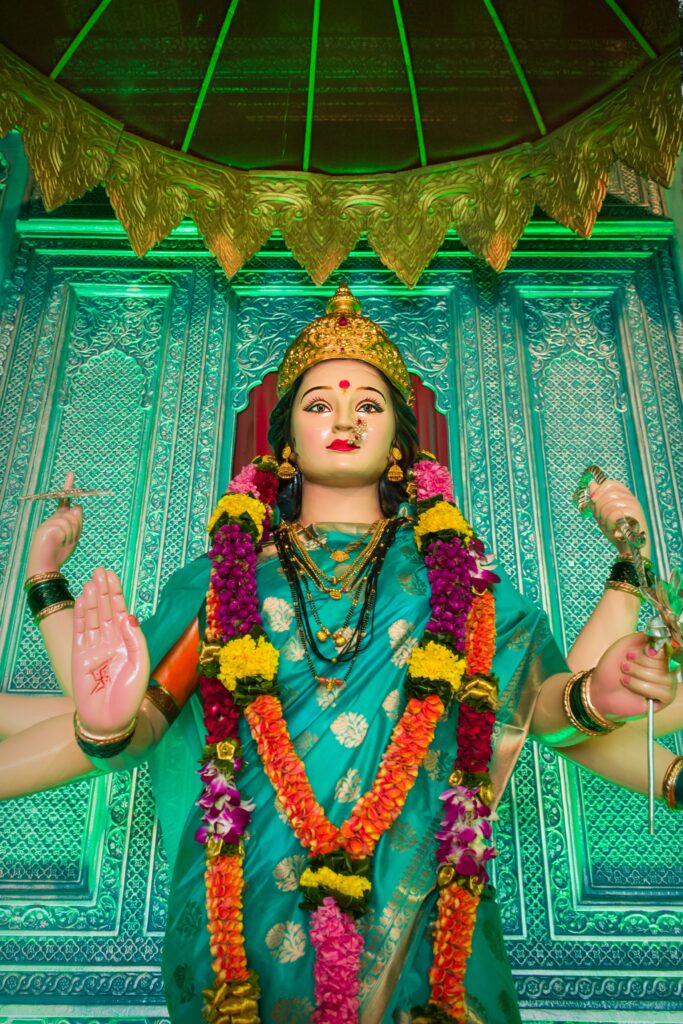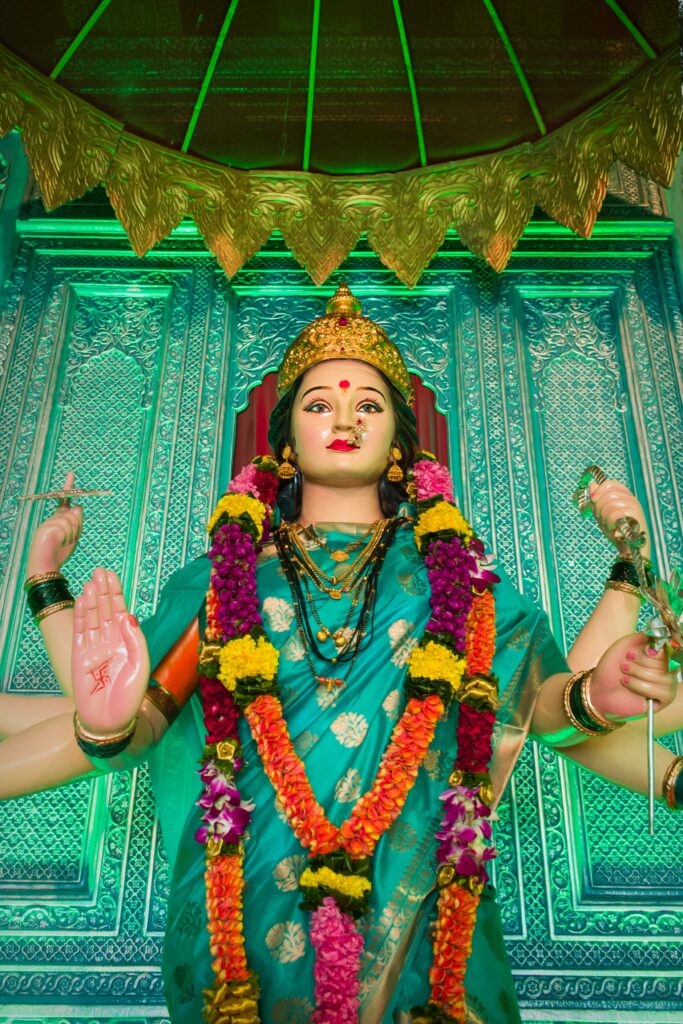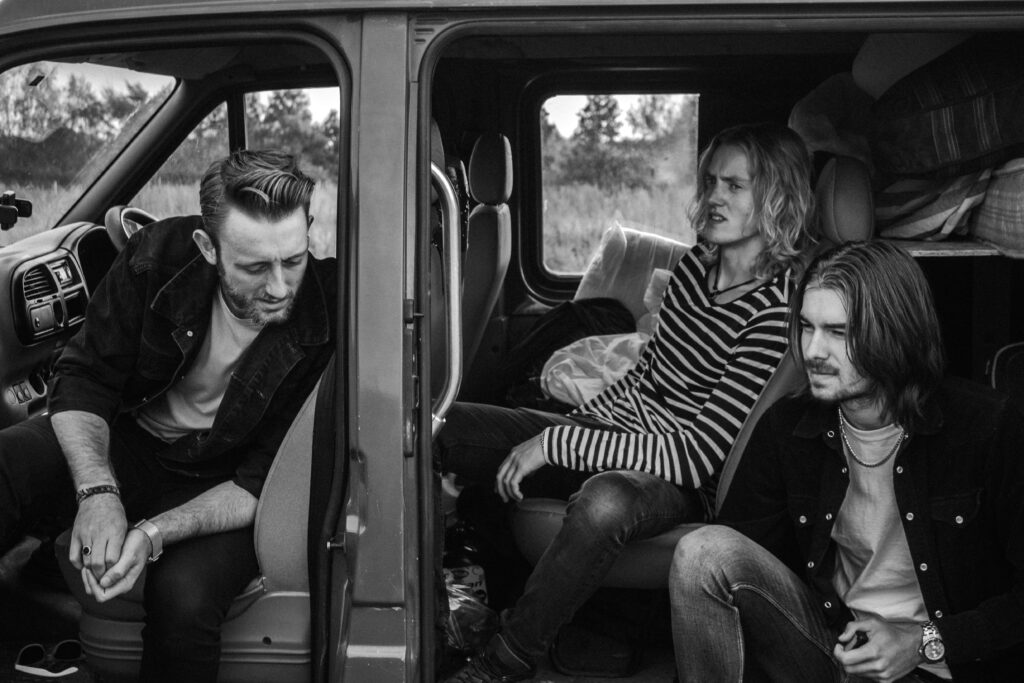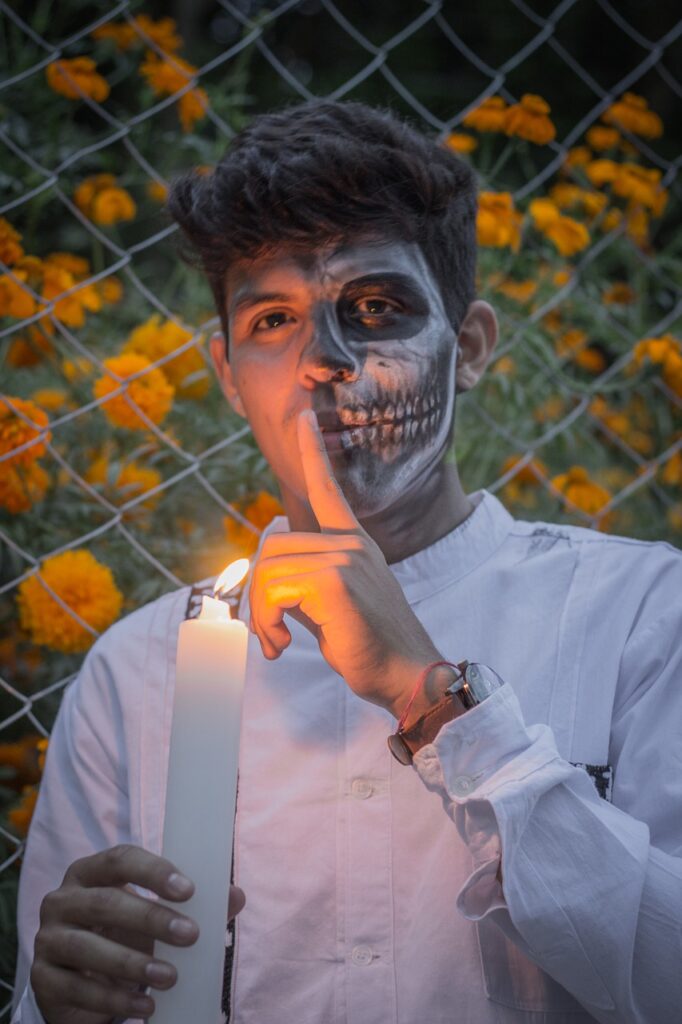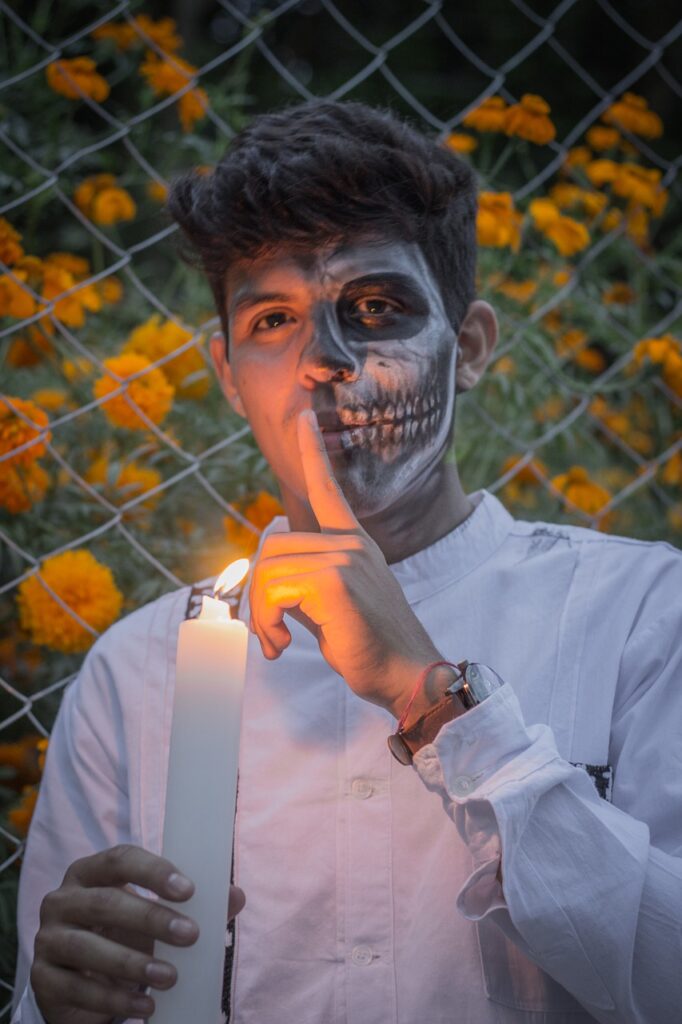The Halloween Junkie’s Perspective: From Saints to Spirits in Popular Culture
Get ready for a journey through time! In “The Halloween Junkie’s Perspective: From Saints to Spirits in Popular Culture”, you’ll learn a lot about a special day, Halloween! It’s not just about spooky costumes and candy, you know. Halloween has a long and interesting history, starting from the times of saints, long ago, to the fun and scary spirits we know today. This might change how you see your favorite holiday! So, buckle up, it’s time for a fun Halloween history lesson.
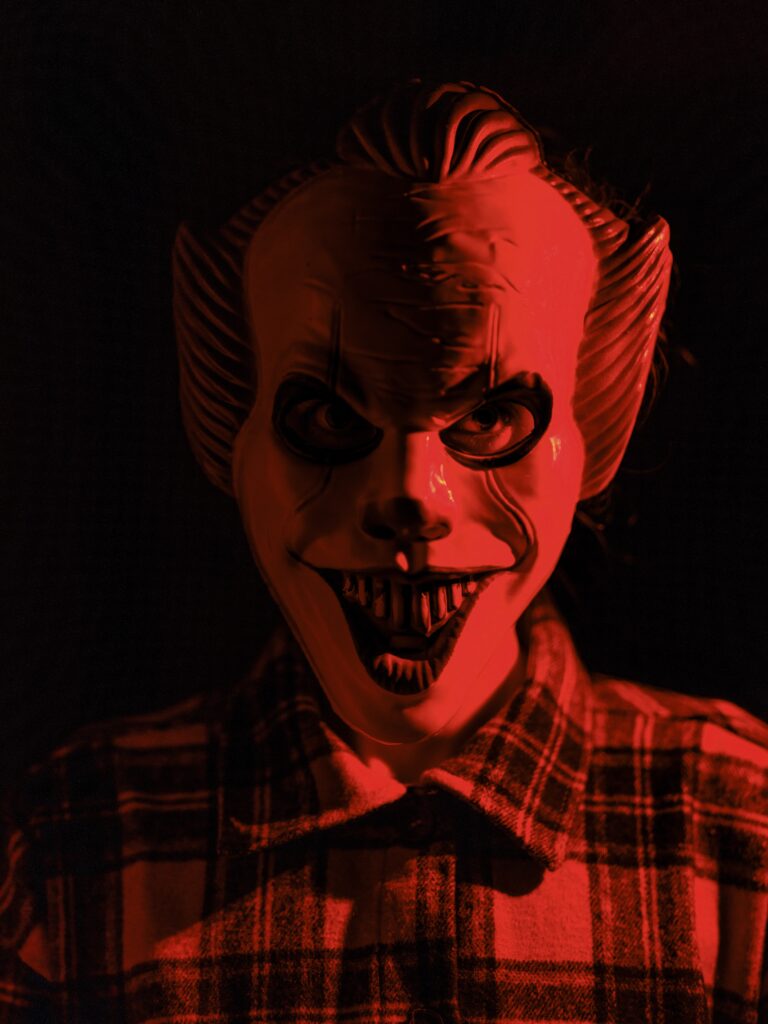
This image is property of images.unsplash.com.
All Hallow’s Eve: Foundations in Religion
Halloween always feels magical, doesn’t it? The glowing pumpkins, the autumn leaves, the feeling that something spooky could be right around the corner… But did you know that Halloween has its roots in religion?
Origins of Halloween: Samhain and All Saints’ Day
Long, long ago, people by the name of Celts celebrated a festival called Samhain (pronounced ‘sow-in’). They believed that on this day, the ghosts of the dead could visit the world of the living. They lit bonfires, wore costumes, and made offerings to keep these ghosts happy. Many years later, Christians decided to remember all the saints on a special day, and they chose November 1st, right after Samhain. This day was called All Saints’ Day.
Christian influence on Halloween
As time went on, Christians started using some of the same things Celts did during Samhain for All Saints’ Day. They would wear costumes and go door to door, asking for food in exchange for prayers for the dead.
The concept of All Hallows’ Eve
The evening before All Saints’ Day came to be known as All Hallows’ Eve, or Halloween. On this night, people believed that the veil between the living and the dead was the thinnest, and that spirits could cross over into our world.
Melding Cultures: Migration and Influence
Did you know Halloween was like a mix of different festivals?
Mass Irish immigration and Halloween in the US
A long time ago, many Irish people moved to America, and they brought their Halloween traditions with them. That’s why we celebrate Halloween the way we do today!
Integration of Celtic and Roman Festivals
The Celts’ Samhain festival was mixed with some Roman festivals, and together they created Halloween as we know it. This included the tradition of carving pumpkins into ‘Jack-o’-lanterns’.
Resulting traditions: Jack-o’-lanterns, trick-or-treating
Jack-o’-lanterns come from an Irish tale about a man named Jack who tricked the devil. After he died, Jack was left roaming the earth with only a burning coal to light his way, which he put into a carved out turnip. Trick-or-treating might have started from when poor people would go door to door and pray for the dead in exchange for food on All Hallows’ Eve.
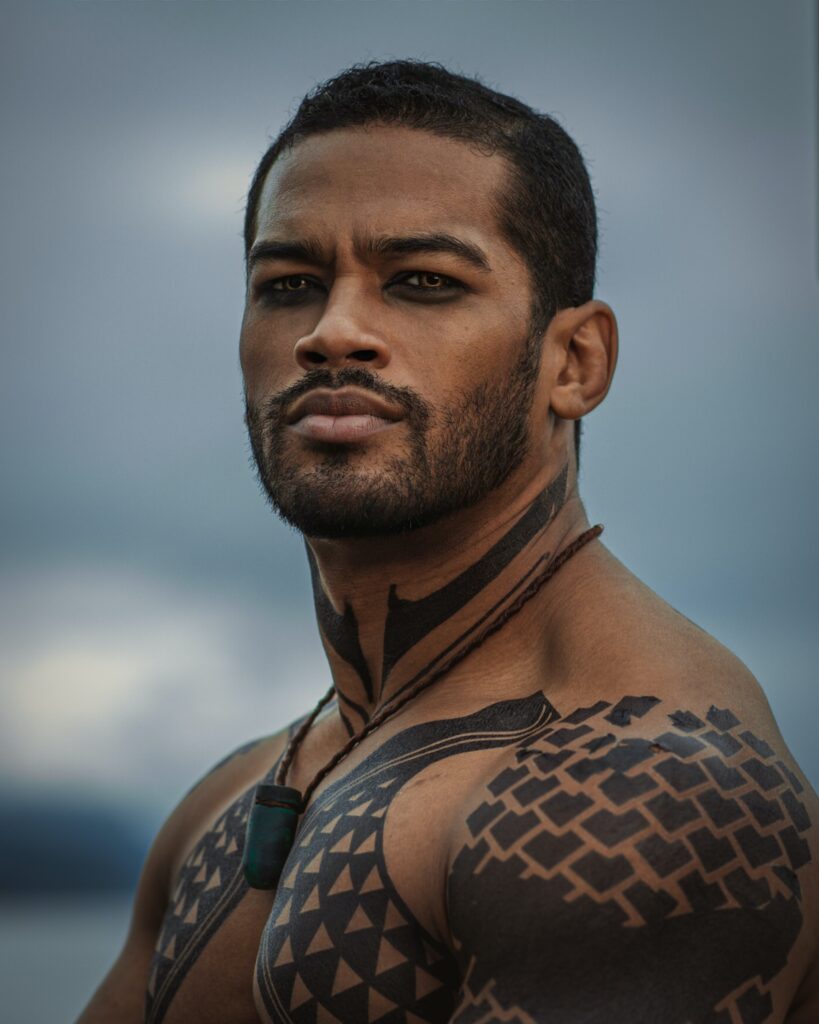
This image is property of images.unsplash.com.
From Fear to Frolic: Changing Perceptions of Halloween
Halloween used to be spooky, but now it’s full of fun!
Early apprehensions about Halloween: a festival of fear
In the beginning, Halloween was a time when people thought ghosts really did walk among us. It was seen as a scary time.
Turn of the Century: Halloween becomes a community-celebrated holiday
But as time passed, Halloween became a time when communities could get together and have fun. It became less about ghosts and more about having a good time.
The evolution of Halloween costumes and party themes
People started dressing up as all sorts of things, not just ghosts and goblins. The ways we celebrate Halloween, like the parties we throw and the games we play, have changed over the years too.
Witchcraft and Wicky: Modern Interpretations
Witchcraft and Halloween have always been linked, but now witches are more cool than creepy!
Pop culture’s role in shaping Halloween
Movies, TV shows, and books have made witches and other Halloween things look exciting and appealing. They have helped to shape how we view Halloween today.
Depiction of witches and their influence
From wicked witches to kind hearted ones, how witches are presented has changed a lot. This has affected peoples’ views on witchcraft.
The rise of Halloween-based media and franchises
From Halloween movies to themed books, there are so many things about Halloween to enjoy all year round! These things make people love Halloween even more.
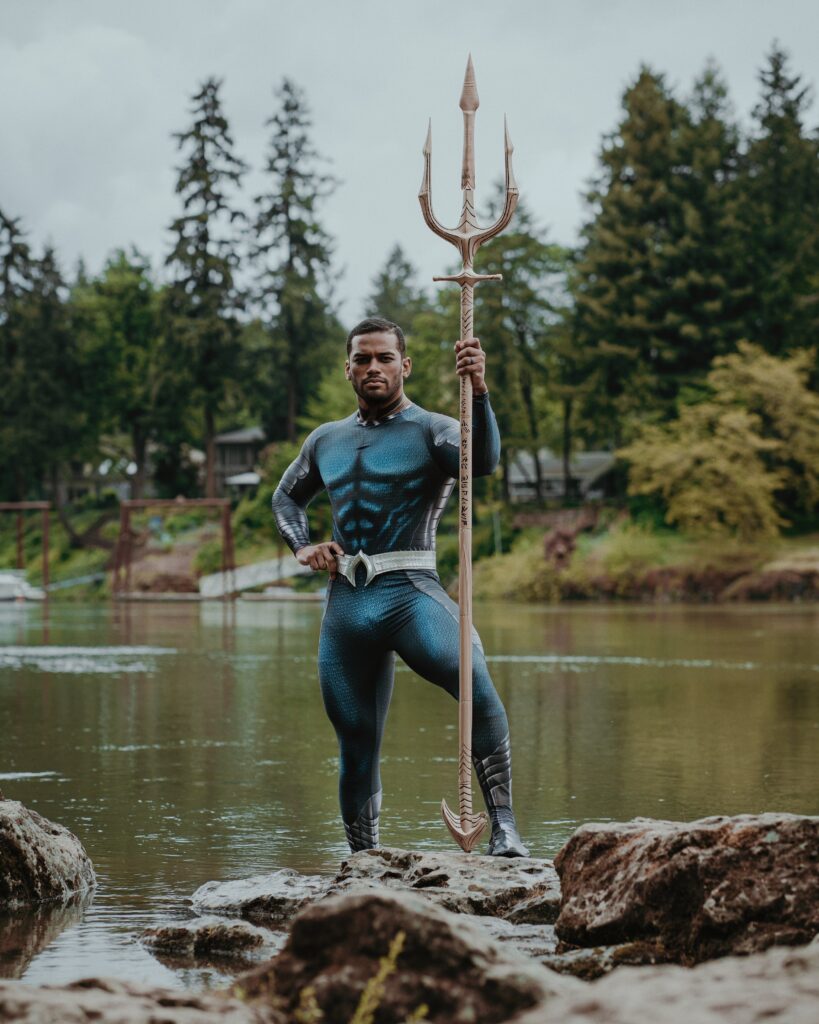
This image is property of images.unsplash.com.
The Role of Spirits and Ghosts in Halloween
Even though we now have fun on Halloween, ghosts are still a big part of it!
Roots of the belief in ghosts and spirits
People have always been curious about what happens after we die. This led to belief in ghosts and spirits, and Halloween was a time when it was believed they could visit.
Representation of the afterlife and the supernatural
Different cultures have different views on what happens after death. Ghosts and spirits are used as ways to represent these beliefs.
Pop culture depiction of ghosts: from horror to humor
Ghosts aren’t just scary anymore! In movies and TV shows, they can now be funny, endearing, or even the hero.
Commercialization of Halloween: Tricks and Treats
You can’t have Halloween without candy, right?
Evolution of Halloween into a retail holiday
As more and more people started celebrating Halloween, businesses began selling costumes, decorations, and, of course, candy to help make the celebration better.
The candy industry and Halloween
Have you ever wondered why we get so much candy on Halloween? It’s because candy companies make special Halloween candy and market it to everybody!
The effects of commercialization on Halloween traditions
With businesses involved, Halloween has turned from a religious event to a shopping holiday, changing how we celebrate it.
Costumes: From Saints to Superheroes
Spooky costumes, superheroes, princesses…you name it!
Origins of costume-wearing on Halloween
In the past, people wore costumes on Halloween to hide from ghosts. But now, we wear costumes for fun!
Representation of popular culture in Halloween Costumes
What we dress up as can represent what we like, from superheroes to our favorite movie characters. This reflects what is popular in our culture.
The transition from homemade to store-bought costumes
People used to make costumes at home, but now we can buy great ones in stores. It’s all thanks to the businesses that wanted to make Halloween even better.
Public Celebrations: Parades, Parties and Haunted Houses
Halloween isn’t just about trick-or-treating. There’s so much more to it!
Origin and evolution of community celebrations
Communities started coming together to celebrate Halloween, beginning new traditions like parades, parties and turning houses into pretend haunted houses.
Famous Halloween parades and festivals worldwide
Some places hold big Halloween parades and festivals! It’s all about sharing the Halloween spirit with everyone around.
Rise in popularity of haunted houses and escape rooms
Haunted houses and escape rooms have become a favorite Halloween activity. Isn’t it exciting to be pretend-scared with your friends?
Real-Life Horrors: the Dark Side of Halloween
Alright, let’s jump into some of the not-so-spooky stuff about Halloween.
Halloween-related injuries and safety concerns
From tripping in costumes to unsafe roads, Halloween does come with its dangers. But with a bit of care, we can keep it fun.
The psychology behind fear and Halloween
Wonder why we love to be scared on Halloween? It’s all linked to how our brains work. Even though we know it’s all pretend, it can still give us a fright!
The controversial relationship between Halloween and crime rates
Some people think that crime happens more on Halloween, but the truth is, it doesn’t. Halloween is all about community, fun, and, of course, plenty of candy.
The Halloween Junkie Take
We’ve seen Halloween evolve from a scary time when people believed in ghosts, to a cheerful community festival full of costumes and candy. As we grow up, our view of Halloween changes just like we do. From saints to spirits, Halloween reflects the changes in our society and culture. Whether we’re wearing a costume, carving a pumpkin, or simply enjoying some candy, the magic of Halloween never fades. It’s one night that remains unforgettable, year after year!
The Halloween Junkie’s Perspective: From Saints to Spirits in Popular Culture Read More »

